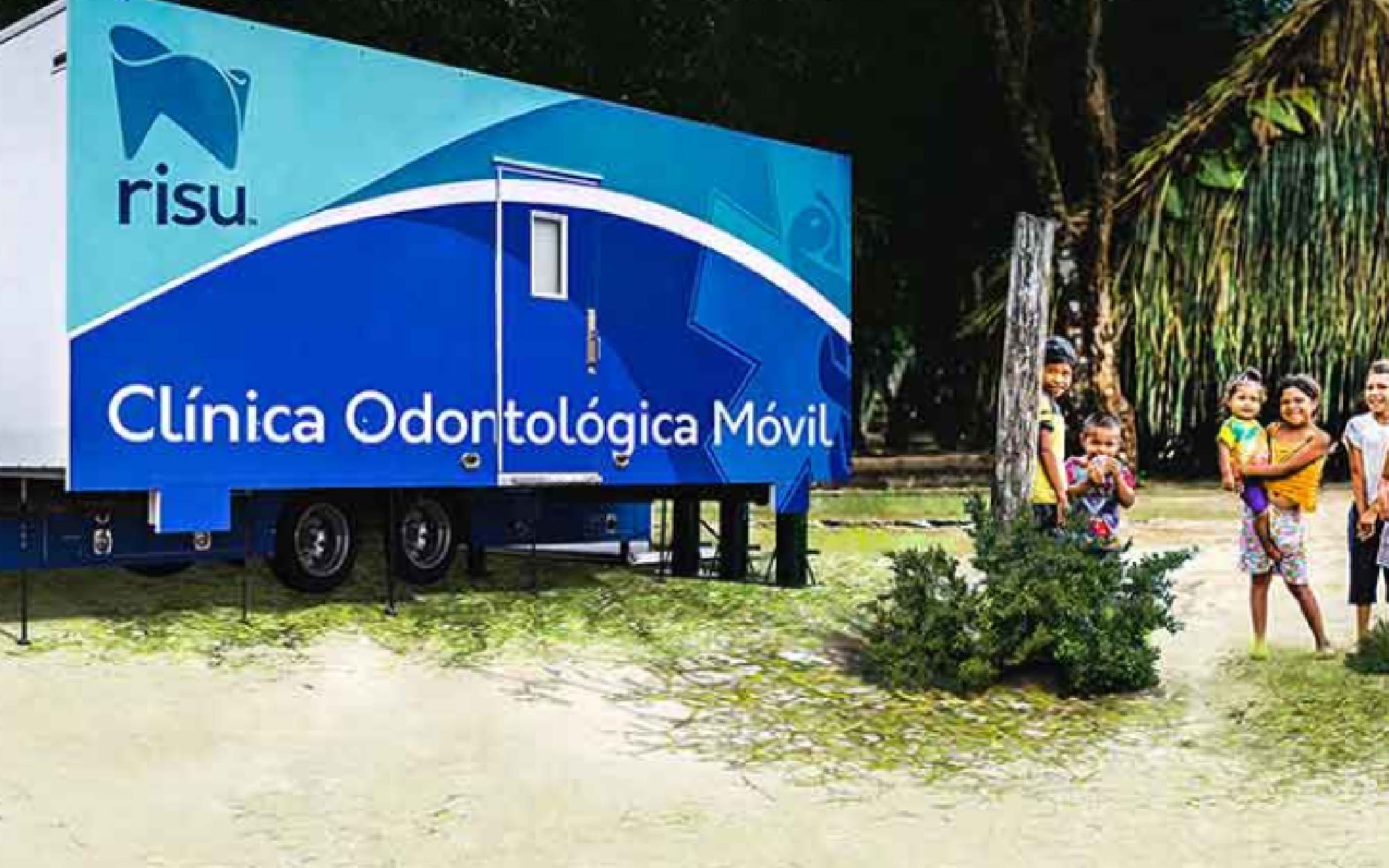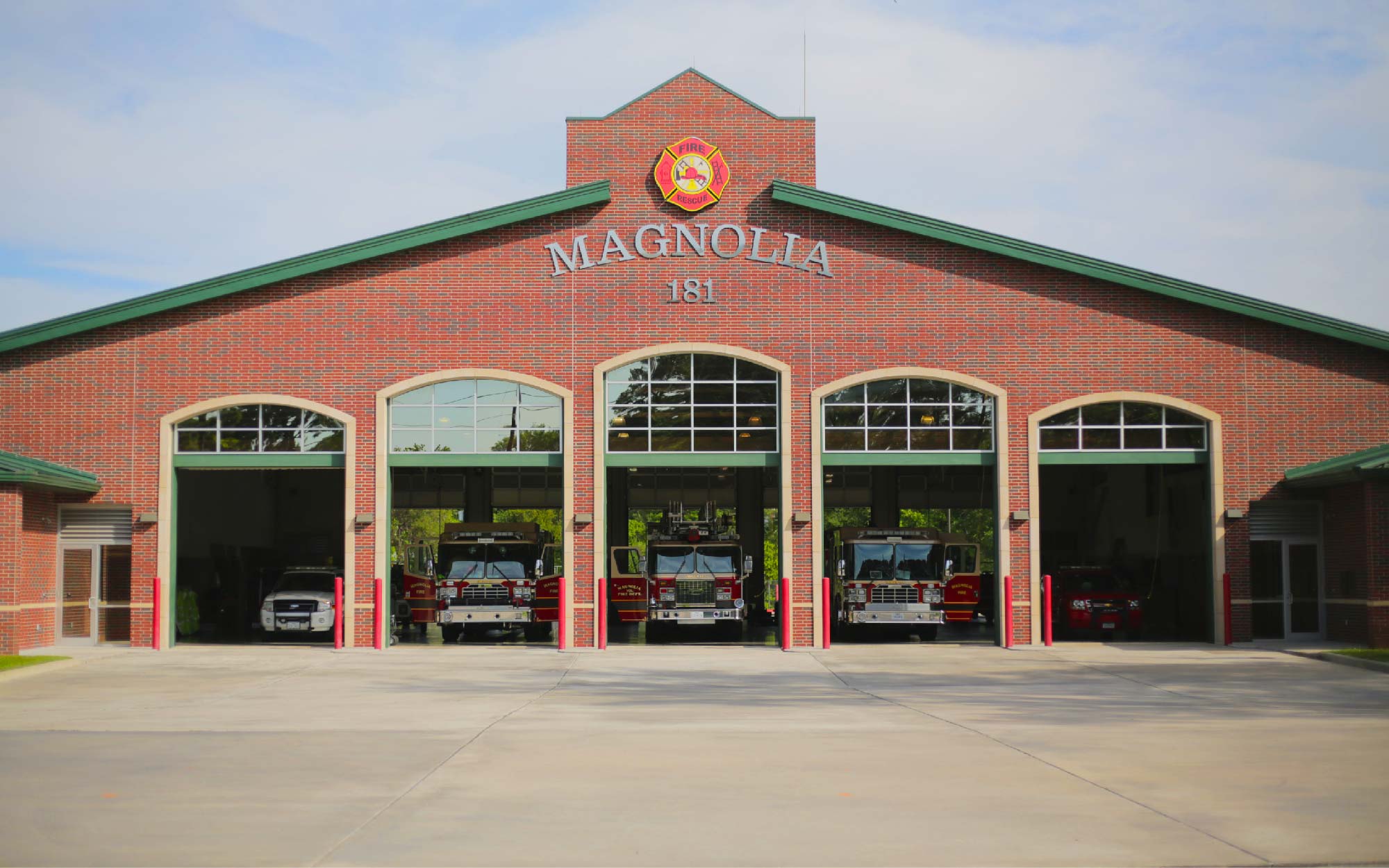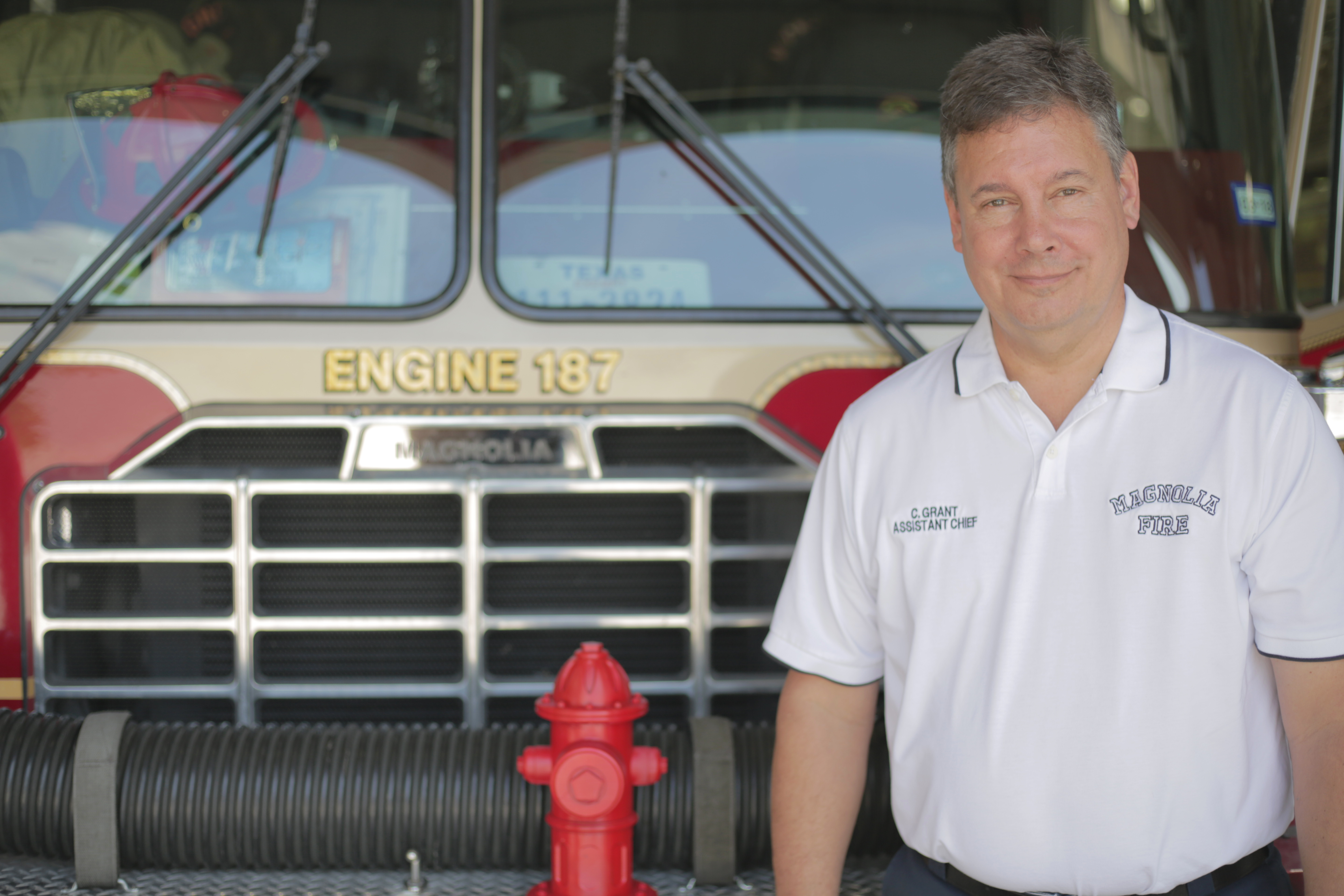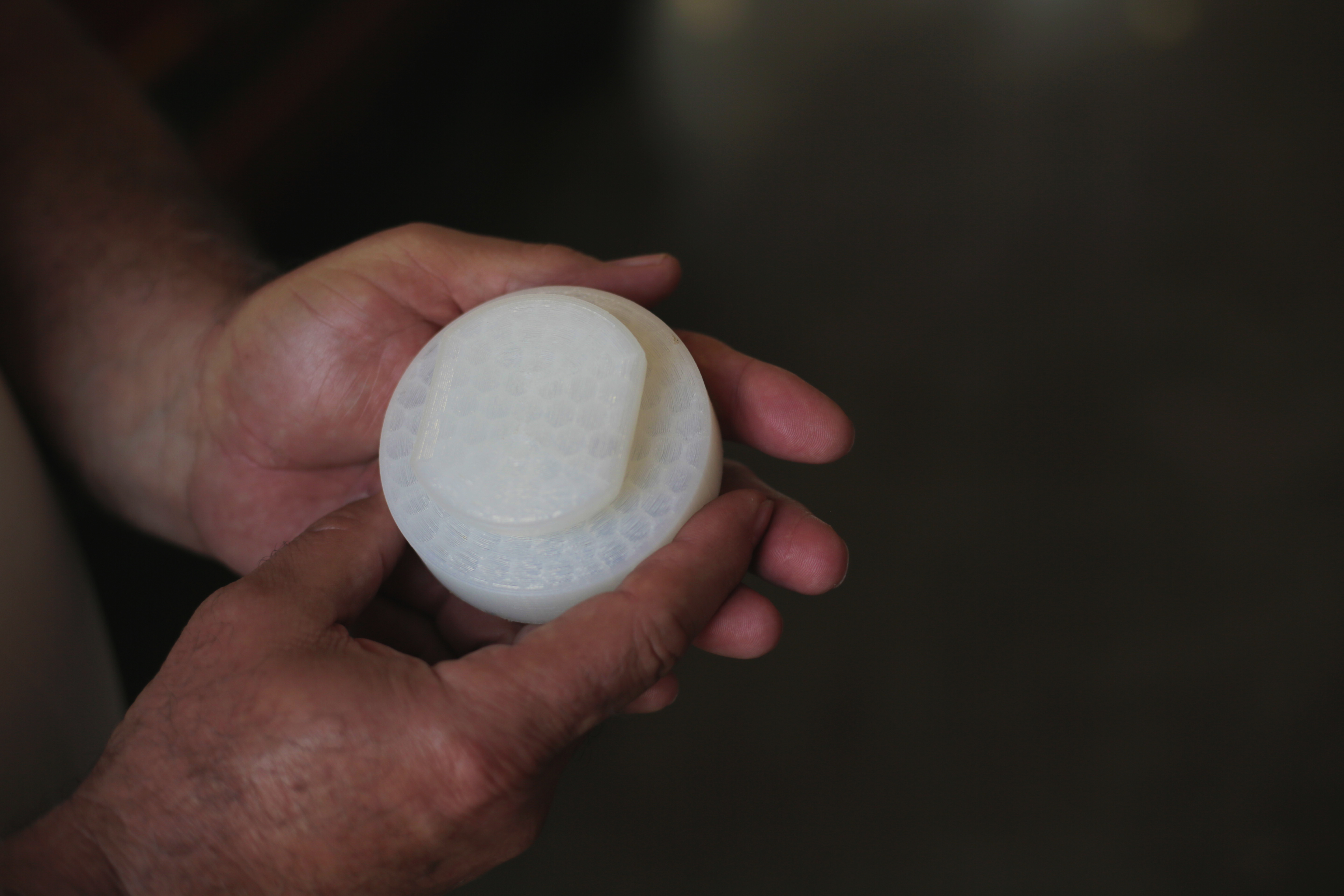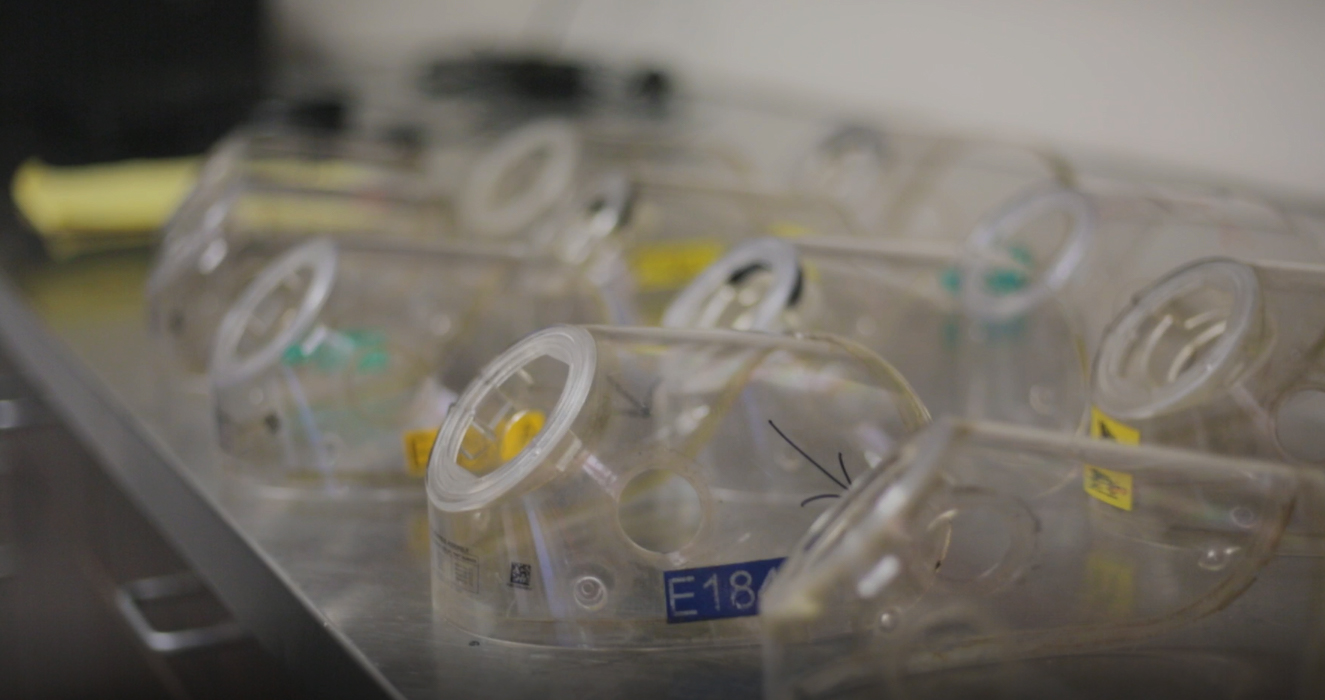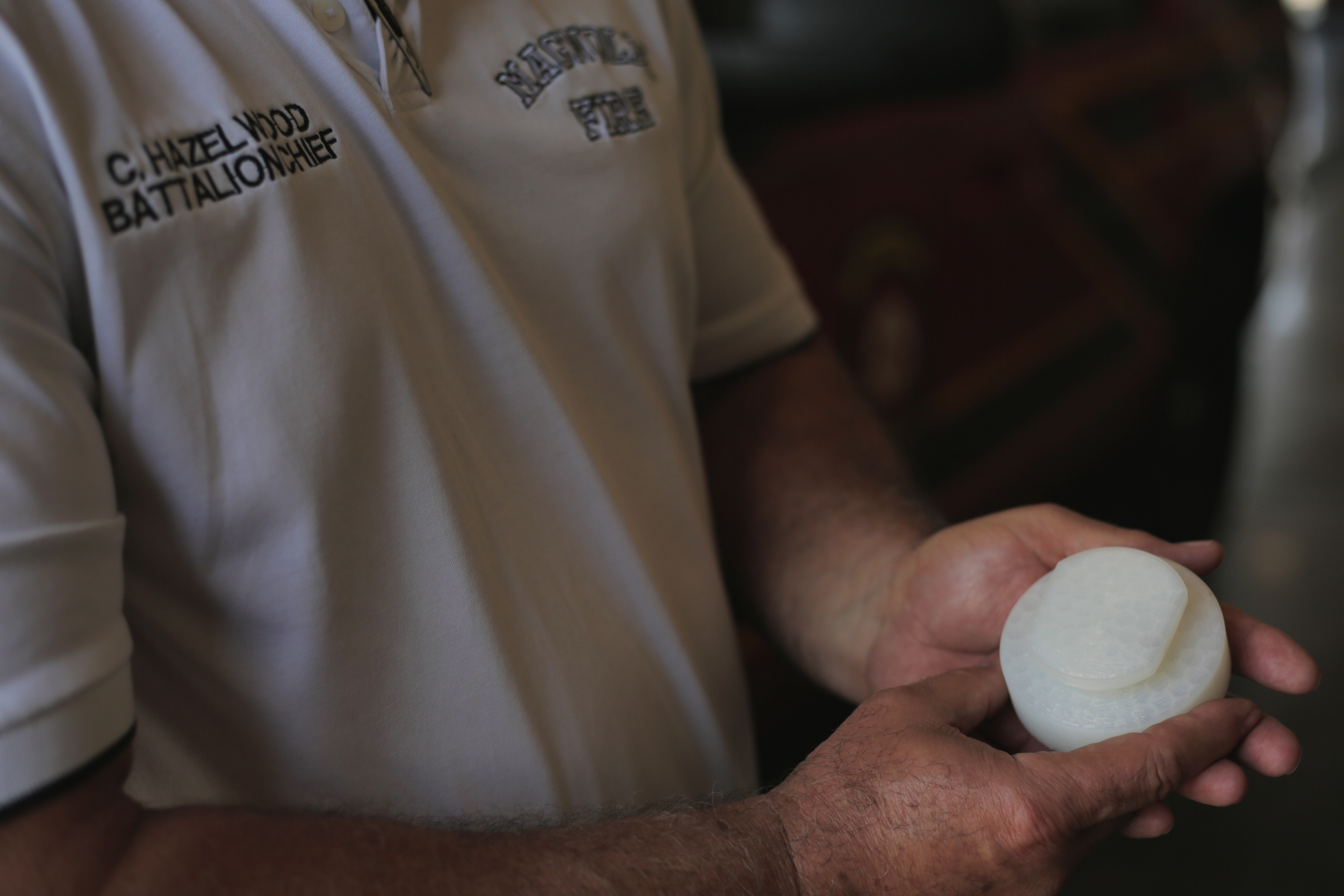First off, can you tell us about yourself and your company, Risu?
Hi! My name is Maria Clara Nascimento and I am the Co-Founder and CEO of Risu, a company developing technology that combines artificial intelligence, robotics, and 3D printing to revolutionize the dental restoration industry. Risu will be the first 3D printer that makes dental prosthesis with a realistic look and feel, as well as strength and durability. I have also co-founded a humanitarian NGO that provides dental services, food supplies, and free medical assistance to remote indigenous villages in Venezuela and the Amazon region. I define myself as an incurable fan of road trips in any language, and enjoy a 100% real smile, turbulence on planes, sleeping on chairs, and sitting at tables. I received my BA in Social Communications from the Universidad Arturo Michelena.
What program are you in that connected you to re:3D?
The Young Leaders of the Americas Initiative (YLAI) Professional Fellows Program is a U.S. Department of State initiative funded by the Bureau of Educational and Cultural Affairs, implemented by the Meridian International Center, and applied in Austin by the International Office of the University of Texas. I will be working together with re:3D to gain essential skills through mentorship in business, organization, and social entrepreneurship in a four-week fellowship. Upon completion of the program, I’ll return to Venezuela to apply these new skills towards creating a significant impact in my country.
Why were you matched with re:3D?
Like finches in the Galapagos, we all continue to evolve, and what better way to do that learning from the very best. re:3D has a very successful business which I will learn to build during my time spent with them, together with the leadership skills and scalability of the company. But most important, Risu was created to improve the quality of life of the indigenous people in the Amazon region, and re:3D is a business focused on creating a transformative change with the technology they have developed for those who need it the most. Other than the technological aspects of the Risu Smart 3D project and its connections to re:3D, we were matched due to the social impact we want to achieve through our work. I will absorb all the knowledge, energy, and passion that this amazing team has shown me so far, and channel it towards making a positive difference in the indigenous communities.
What will you be doing for re:3D and what do you hope to learn?
I will be working on selected projects together with re:3D, where I will use the experience I have and couple it with the new skills the team will be teaching me. I want to understand the deeper layers of what makes this team a successful one, how have they managed to rise above all the challenges that early startups face daily, and the skills required to be a leader. In the technological aspects of re:3D, I hope to learn about the thought process behind the building of Gigabot, how to scale the business accordingly with the growth of the company, and how to sell an idea to investors that may be interested in financing the project. I would also love to learn how to navigate through the difficulties of being a young entrepreneur and a woman in a world and country where a leader with those qualities is hardly accepted or recognized.
What is your favorite 3D printing project that you’ve done or seen done in the past?
I have so many! But the one I liked the most was a 3D-printed pizza, made by NASA for astronauts that will be sent to Mars. It’s still in development, but the results so far have been great (and hopefully delicious – I haven’t tasted it yet). The reason I like this project so much is that it goes on to show that 3D printing is the future of humanity, where everything we need will be manufactured in our own homes. Other projects that I have adored are the ones related to medicine and prosthesis.
HP is also developing a 3D-printing technology that will shape the future, the Jet Fusion 3D Printer. They claim it can create a multi-color product and change the material’s properties. It’s a very unique printer, although it is still in development, and I like the very challenging aspects of the project and how it can disrupt the entire 3D printing world.
What is your filament of choice?
The PEEK filament. It is biocompatible and has high-quality mechanical, physical, optical, and thermic properties. It is one of the top filaments with great tensile strength, and it’s currently used for cranioplasty implants, dental case models, and hip and leg prosthesis, among other uses. Thanks to this filament, the lives of thousands have changed for the better, improving their quality of life and enabling them to reinsert themselves into society.
What would you print with super large-format Gigabot+10,000? (10m cubed–it’s bigger than a football field)?
The question is “what wouldn’t I print.” If I had a large-format Gigabot like the one described, it would never catch a break. It would be printing stuff forever. The first order of business would be creating a spaceship. The second, a ginormous robot. The third, a lot of smaller 3D printers that will also be printing smaller objects at the same time the big Gigabot is printing large-scale things. The filament I would utilize for the spaceship is one that probably doesn’t exist yet, as it would have to withstand the heat of the Sun. The moon is so last century, the Sun is a real challenge. Forget about the moonshot, I’ll make a sunshot.
It’s the Great Big Gigabot Giveaway Time Machine Edition–if you could give the 1,000th Gigabot to anyone in any epoch, who would you give it to and why?
Leonardo da Vinci. He was a creative genius, a strategic visionary, and a person who would do anything it took to create the machines he had imagined. I am sure the world would never be the same if he had a Gigabot in his hands, and it definitely would be a world where I would like to live in. The possibilities are endless.

Morgan Hamel
Blog Post Author
